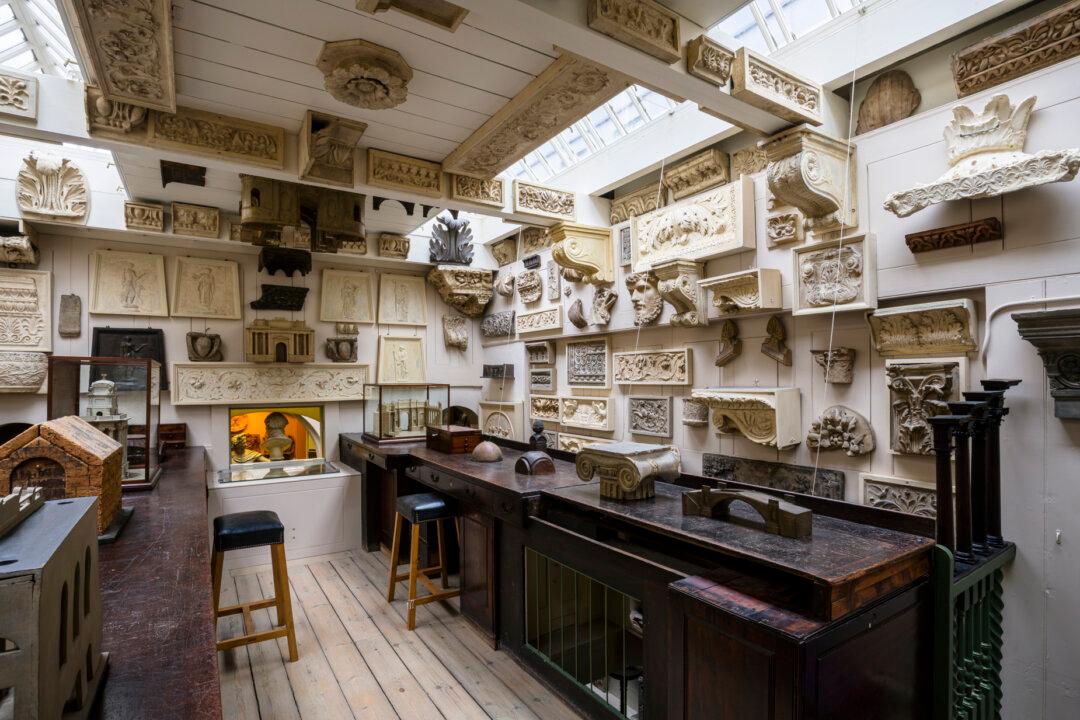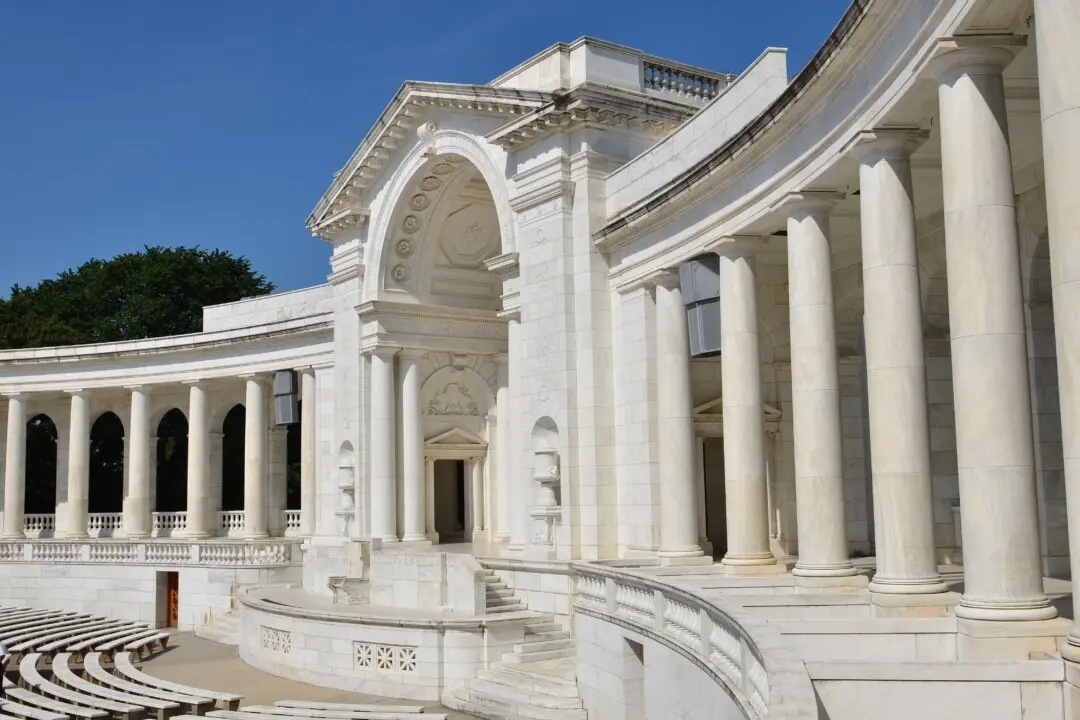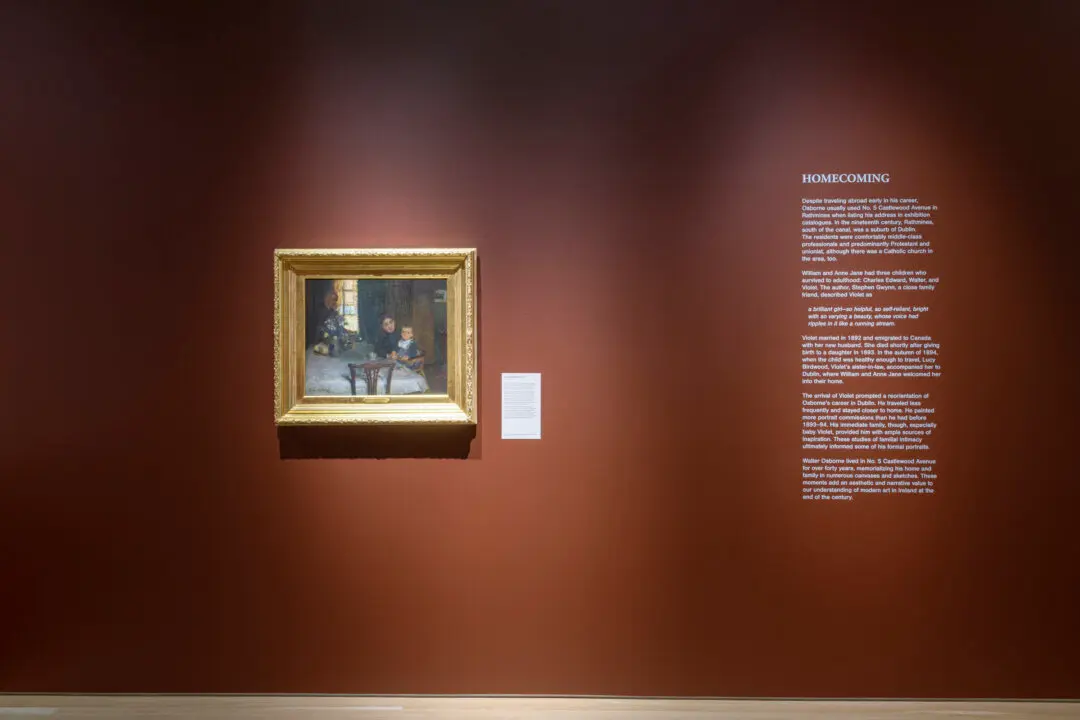From bricklayer’s son to eminent 18th-century architect, Sir John Soane cemented his legacy by fastidiously studying works of his architectural forefathers. The Englishman’s most notable works are both in London: the world’s first purpose-built art gallery, Dulwich Picture Gallery, and the Bank of England building, which took 45 years to complete.
As professor of architecture at the Royal Academy Schools in London, Soane passed his passion for architecture on to future generations. In his inaugural lecture, he emphasized the importance of studying ancient architecture: “Let us therefore profit from the labors and zeal of those who have endeavored to preserve and make us acquainted with the precious fragments of antiquity; let us tread in their paths; let us from their labors endeavor to discover the principles that directed the great artists of antiquity; and when we have no remains of their splendid and glorious works to direct our studies, and to animate our minds to exertion, let us consult the poets, historians, and orators, wrecks of whose works have happily reached us.”






